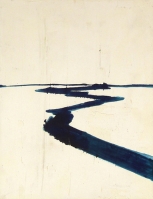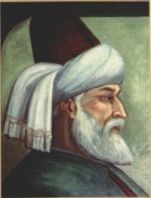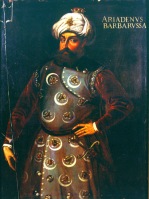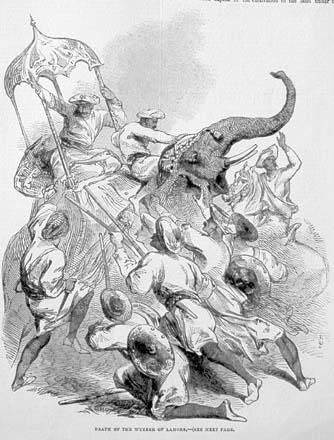Once there was a huge wall near a silent river that flew rapidly through the valleys. Then a thirsty man appeared behind the wall. But the wall was so huge that he could have neither managed to climb the wall nor torn it down. Poor man was fluttering like a fish that was already out of the water. He should have reached the water to quench his thirst but that was impossible because of the wall.
Suddenly he broke apart a piece of stone from the wall and threw it to the river over the huge wall. The stone piece splashed the water and made a sound that can be heard from anywhere. The river was so silent that when he heard the water splash, it was more than an ordinary sound. It sounds like a song or like a poem to man. Then the man broke apart more pieces from the wall and started to throw them through the river to listen this lovely song.
Days later, while the man kept throwing stone pieces through the river, suddenly river started to talk and said “Oh poor man, why do you throw stones to me although you know that you can not reach my water?“
Then the man said to the river “Oh generous river, i know that i can not reach you but this give me hope if i throw some stones to your water. Because with every stone i broke apart, i know that the wall is getting lower. And more importantly, your sound of water that spreading all over the nature gives live to human beings. Nature comes alive and celebrates the spring after hearing your sound of water. Now i am asking to you, why do not i throw more stones ?“
Short Story by Rumi
Mewlana Jalaluddin Rumi (1207-1273) was neither an Ottoman intellectual nor an Ottoman generation but his studies grew up and lived in the whole empire from the beginning to the end. The Empire wasn’t even established when he died in 1273 but some of his followers became well-known people in administration and government in Ottoman Empire.
The poems from his masterpiece: ‘Mesnevi’ are still considered as one of the most effective tools in personal growth and mental healing all around the world. Rumi tells stories that contain so deepest meanings in ‘Mesnevi’ poems that anyone who listens to these poems can get as much as they can understand while they are charming with its emotional musical by reed-flute. His ceremony is famous with whirling dervishes.
Here i’d like to publish some of his stories and the story above was originally translated from turkish by me.






